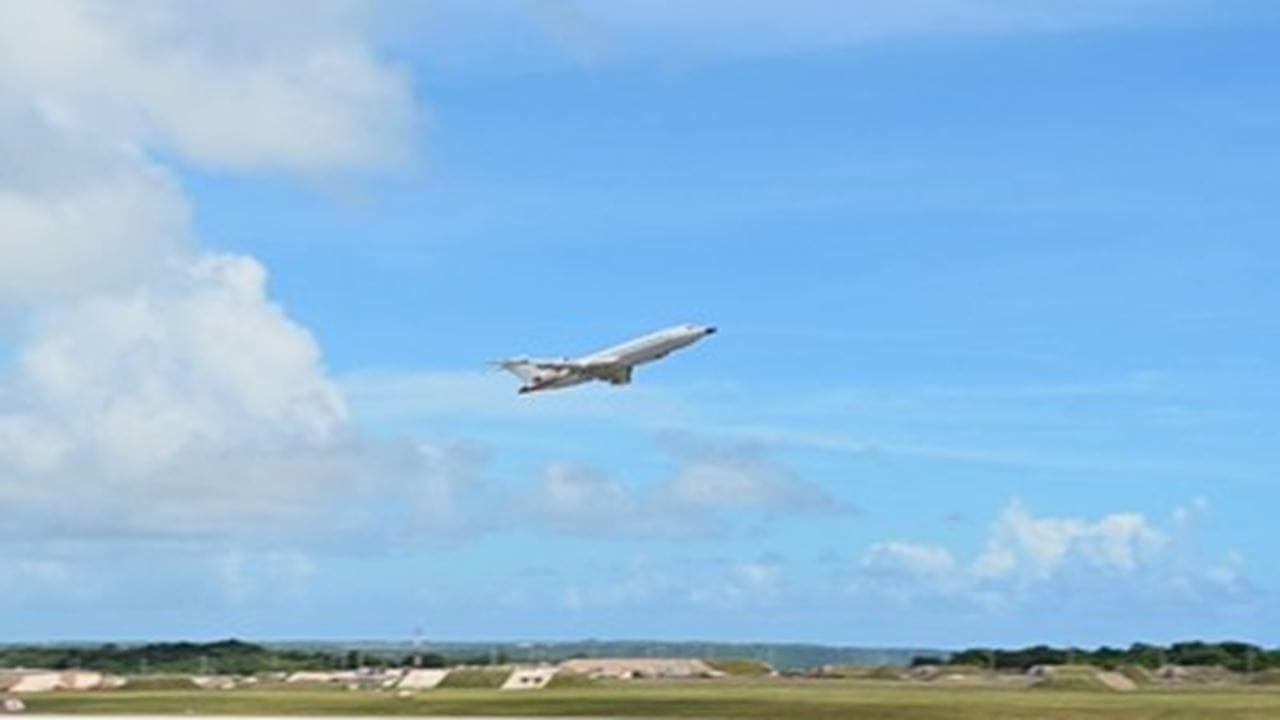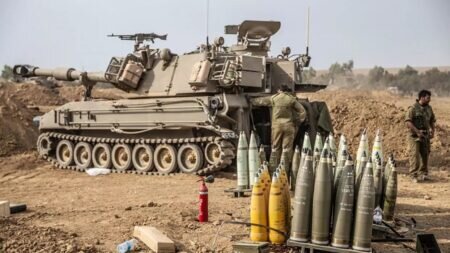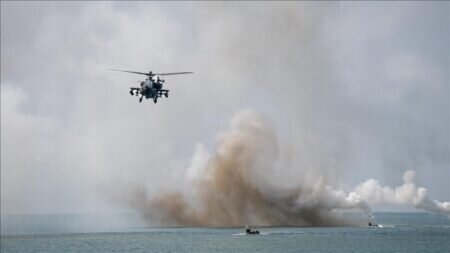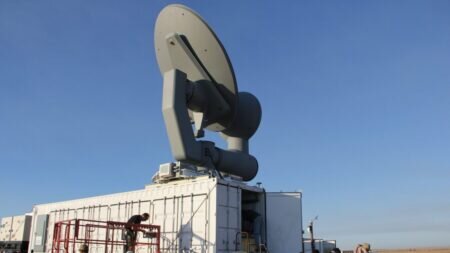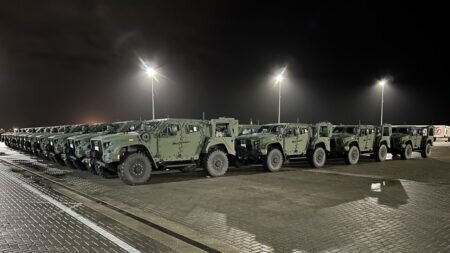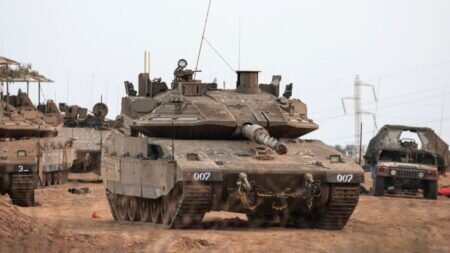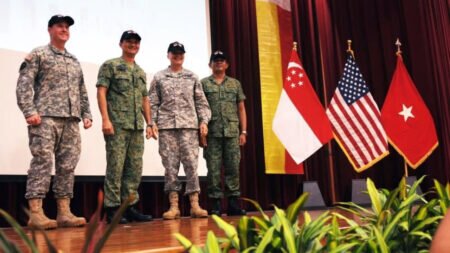During the Defense Department's Valiant Shield 22 exercise this month, Raytheon Intelligence & Space, a Raytheon Technologies business, successfully demonstrated the ability to collect data on a simulated sea-based threat and then share targeting solutions with distributed defense systems across the Western Pacific Ocean -- a key test of the company's Joint All Domain Command and Control infrastructure.
Raytheon's Multi-Program Testbed, or RMT -- a converted Boeing 727 -- used a combination of radar and electronic intelligence sensors to characterize the simulated threat. Onboard processors then synthesized the data in seconds to create a comprehensive targeting solution that was passed to tactical platforms.
"In the multi-domain fight, seconds could mean the difference between victory and defeat," said Eric Ditmars, president of Secure Sensor Solutions at RI&S. "This experiment shows we can deliver synthesized, multi-source data to commanders faster than ever, giving them a decisive battlefield advantage."
Raytheon's RMT, along with a KC-135 aircraft, four U.S. Navy F/A-18 fighters and, a command-and-control station on the U.S. mainland shared data rapidly in the simulated, highly contested environment. This scenario demonstrates Raytheon's ability to provide successful machine-to-machine communications capabilities to share information securely across multiple sensors and defense systems.
"Bringing these capabilities to the field gives us the highest degree of confidence in their real-world applicability," said Ditmars. "It allows us to stress test them in operational environments and accelerate their maturity."
Valiant Shield 22 is a U.S.-only, biennial field training that builds real-world proficiency in sustaining U.S. forces through detecting, locating, tracking, and engaging units at sea, in the air, on land, and in cyberspace in response to a range of mission areas.

